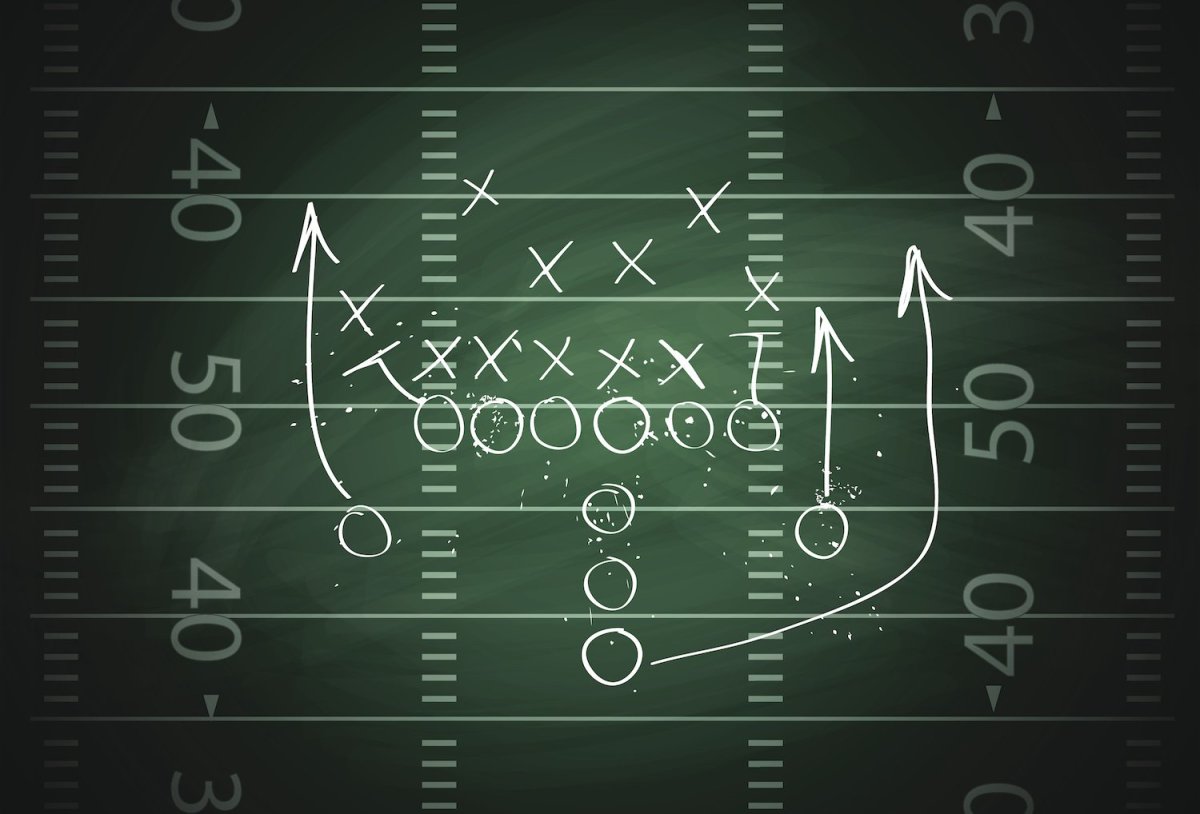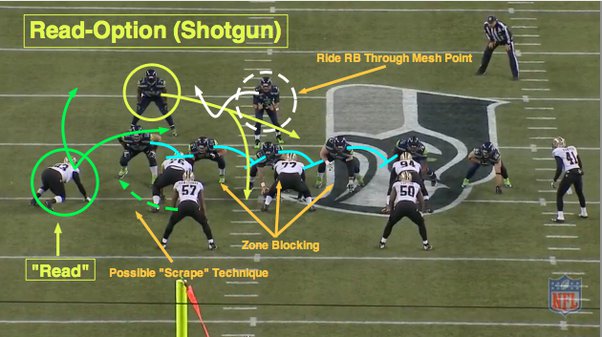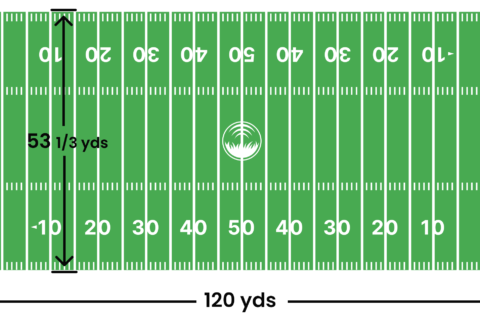American football is a very complex sport. It involves many strategies, rules, and roles. Let’s explore what makes this game so strategic and exciting.

Credit: hytro.com
Understanding the Basics
First, we need to understand the basics of American football. There are two teams. Each team has 11 players on the field. The main goal is to score more points than the other team.
The Field
The football field is 100 yards long and 53 yards wide. It has two end zones, one at each end of the field. These are where teams score touchdowns.
The Teams
Each team has three main units:
- Offense
- Defense
- Special Teams
Each unit has a specific role in the game. Let’s look at each one in more detail.
Offense
The offensive unit tries to score points. The main player on offense is the quarterback. The quarterback throws the ball to other players called receivers. The offensive line protects the quarterback.
Defense
The defensive unit tries to stop the offense from scoring. The main players on defense are the linebackers and the defensive line. They tackle the offensive players.
Special Teams
Special teams play during kicking plays. These include kickoffs, punts, and field goals. The kicker and punter are key players on special teams.
Rules of the Game
American football has many rules. Here are some of the most important ones.
Scoring
Teams score points in several ways:
- Touchdown: 6 points
- Field Goal: 3 points
- Extra Point: 1 point
- Two-Point Conversion: 2 points
- Safety: 2 points
Downs
Teams have four downs to move the ball 10 yards. If they succeed, they get a new set of downs. If they fail, the other team gets the ball.
Penalties
Penalties happen when players break the rules. The referee throws a flag to signal a penalty. Penalties can move the ball forward or backward.
Strategies in American Football
Strategies are very important in American football. Coaches and players spend a lot of time planning their strategies. Let’s look at some common strategies.
Offensive Strategies
Offensive strategies focus on moving the ball and scoring points. Here are some common offensive strategies:
- Running Plays: The quarterback hands the ball to a running back.
- Passing Plays: The quarterback throws the ball to a receiver.
- Play-Action: The quarterback fakes a handoff before throwing the ball.
- Option Play: The quarterback decides whether to run or pass the ball.
Defensive Strategies
Defensive strategies focus on stopping the offense. Here are some common defensive strategies:
- Man-to-Man Coverage: Each defender guards a specific offensive player.
- Zone Coverage: Each defender guards a specific area of the field.
- Blitz: Extra defenders rush the quarterback to sack him.
- Spy: A defender watches the quarterback and follows him.
Special Teams Strategies
Special teams strategies focus on kicking plays. Here are some common special teams strategies:
- Onside Kick: The kicker kicks the ball short to try to recover it.
- Fake Punt: The punter pretends to kick but then runs or throws the ball.
- Kick Return: The returner catches the kickoff and runs with the ball.
- Punt Block: Defenders try to block the punt.

Credit: inkinaction.com
Roles of Key Players
Each player has a specific role on the team. Let’s look at the roles of some key players.
Quarterback
The quarterback is the leader of the offense. He throws passes and hands off the ball. He must read the defense and make quick decisions.
Running Back
The running back carries the ball on running plays. He must find holes in the defense and run through them.
Wide Receiver
The wide receiver catches passes from the quarterback. He must run precise routes to get open.
Offensive Line
The offensive line protects the quarterback. They also block defenders to create running lanes.
Linebacker
The linebacker is a key player on defense. He must tackle running backs and cover receivers.
Defensive Line
The defensive line tries to sack the quarterback. They also stop running plays.
Conclusion
American football is a very strategic game. It involves many rules, roles, and strategies. Understanding these can make watching the game more fun and exciting. So, next time you watch a game, look for these strategies and enjoy the complexity of American football.








